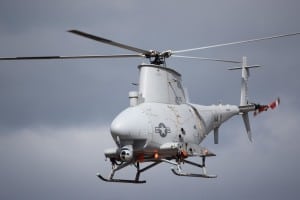
The DoD Inspector General said the Navy improperly declared initial operational capability (IOC) for three Littoral Combat Ship (LCS) mine countermeasures (MCM) mission packages, according to a report released July 25.The DoD IG looked at three of seven systems planned to be used in LCS MCM mission packages to detect, localize, and neutralize various mines. The office focused on the Raytheon [RTN] AN/ASQ‑235 Airborne Mine Neutralization System (AMNS), Northrop Grumman [NOC] Airborne Laser Mine Detection System (ALMDS), and Coastal Battlefield…

 By
By 











